When I started my trip through the Andes, the Pumapungo Archaeological Complex, located in the heart of the city of Cuenca, in Ecuador, was the first great Inca archaeological site that I visited, in what would be the northern part of Tawantinsuyu, which is the name Historical as the extensive territory of the ancient Inca civilization was known, which extended for more than 2,500,000 km², mainly through the Andean mountain range, between the 15th and 16th centuries.
Pumapungo, which means "Puerta del Puma" was an important administrative, religious and military center, initially founded by the Cañari culture and later occupied and reformed by the Inca empire, in order to consolidate its cultural presence in the region. It is considered a Cañari-Inca site.
The Incas incorporated into their constructions the interesting concept of sacred geography, which means that all their temples and religious places were interconnected through an astronomical logic. In fact, the Pumapungo complex itself was also a place for observing the stars, but it also included purification baths, cultivation and animal breeding terraces, ornamental gardens, mausoleums, an administrative and military area.
These complexes are located on the three levels that represent the three worlds of the ancient Andean worldview: 1- The underground or beyond (Uku Pacha), represented by the serpent. 2- The earthly or from here (Kay Pacha), represented by the puma. 3- The celestial or above (Hanan Pacha), represented by the condor.
All this as a way of reproducing a sacred microcosm loading all aspects of their culture with a broad spiritual sense.
The place is part of a complex that includes, in addition to the archaeological park, a research center, a library, an anthropological museum with several rooms, and exhibitions of ethnographic artifacts, an ethnobotanical area with Andean species.
PD: all this pictures and writing are from my authorship
ESPAÑOL
Complejo Arqueológico Pumapungo
Cuando inicie mi viaje por los Andes, el Complejo Arqueológico Pumapungo, ubicado en pleno centro de la ciudad de Cuenca, en Ecuador, fue el primer gran yacimiento arqueológico Inca que visité, en lo que sería la parte norte del Tawantinsuyu, que es el nombre histórico como era conocido el extenso territorio de la antigua civilización Inca que se extendió por más de 2.500.000 km² principalmente por la cordillera andina, entre el siglo XV y XVI.
Pumapungo, que significa “Puerta del Puma”era un importante centro administrativo, religioso y militar, fundado inicialmente por la cultura Cañari y posteriormente ocupado y reformado por el imperio Inca, con el fin de consolidar su presencia cultural en la región, por eso también es considerado un sitio Cañari-Inca.
Los Incas incorporaron a sus construcciones el interesante concepto de geografía sagrada, lo que quiere decir que todos sus templos y lugares religiosos estaban interconectados a través de una lógica astronómica. De hecho el propio complejo de Pumapungo también era un lugar de observación de los astros, pero que además incluía baños de purificación, terrazas de cultivo y cría de animales, jardines ornamentales,mausoleos, área administrativa y militar.
Estos complejos se ubican en los tres niveles que representan los tres mundos de la cosmovisión de las antiguas andinas: 1- Lo subterráneo o del más allá (Uku Pacha), representado por la serpiente. 2- Lo terrenal o de aquí (Kay Pacha), representado por el puma. 3- Lo celeste o de arriba (Hanan Pacha), representado por el cóndor.
Todo esto como forma de reproducir un microcosmo sagrado cargando todos los aspectos de su cultura con un amplio sentido espiritual.
El lugar es parte de un complejo que incluye además del parque arqueológico, un centro de investigación, una biblioteca, un museo antropológico con varias salas, y exposiciones de artefactos etnográficos, un área etnobotánica con especies andinas.
PD: Todas las fotos y escritos son de mi autoría
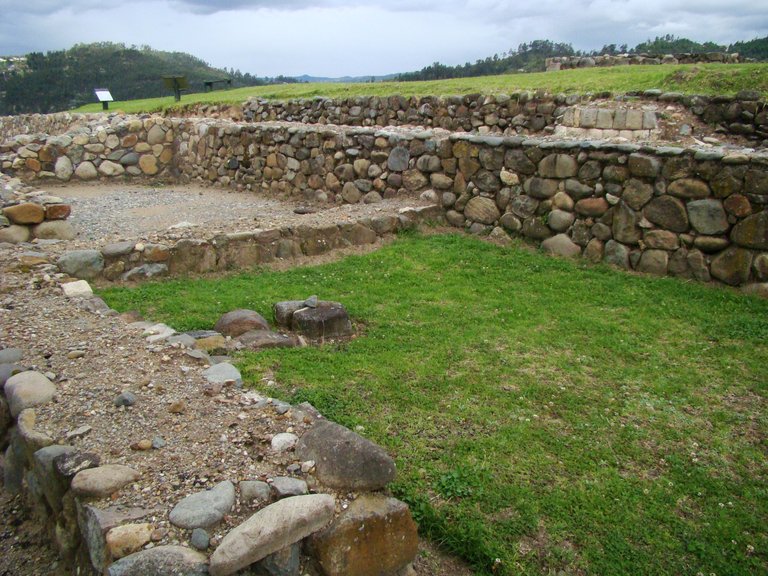
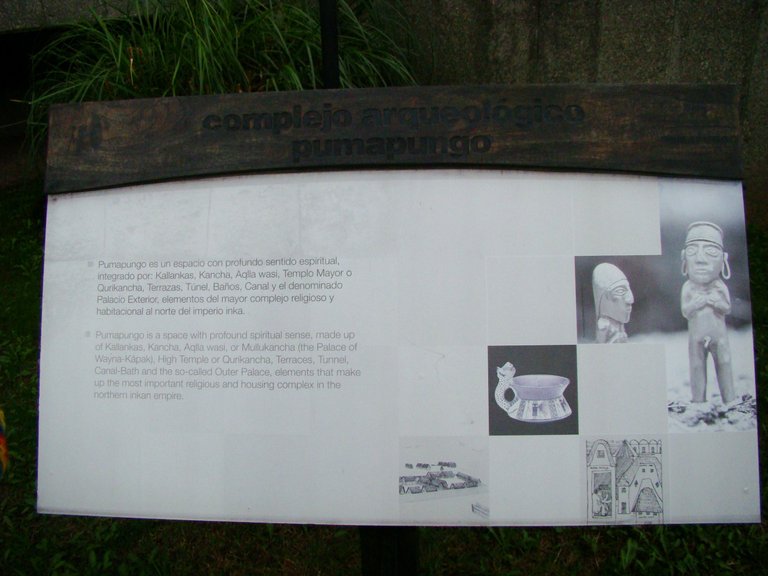

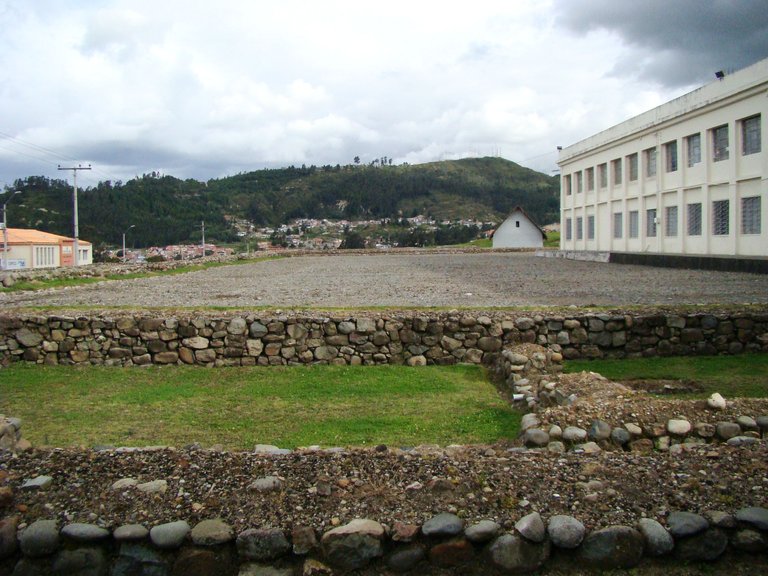
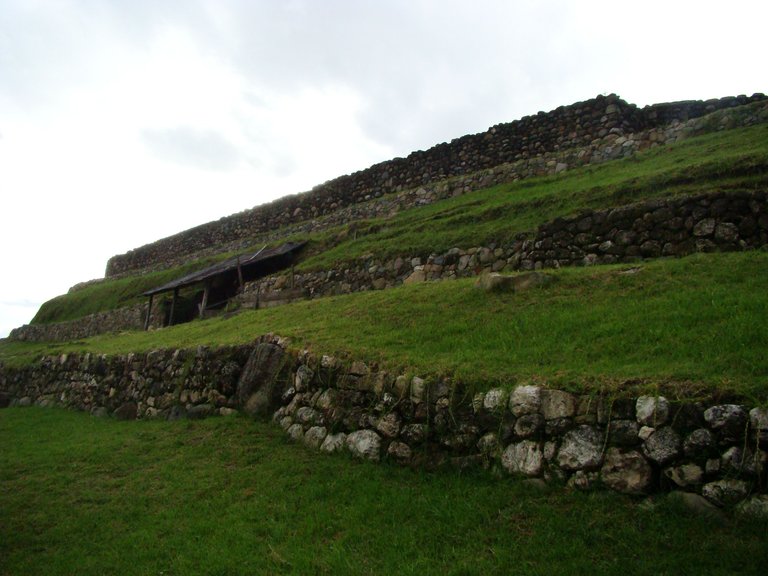


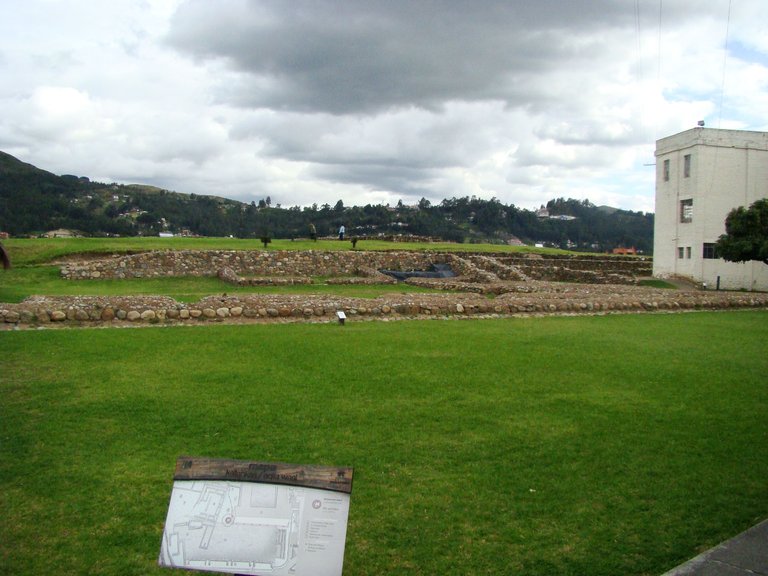
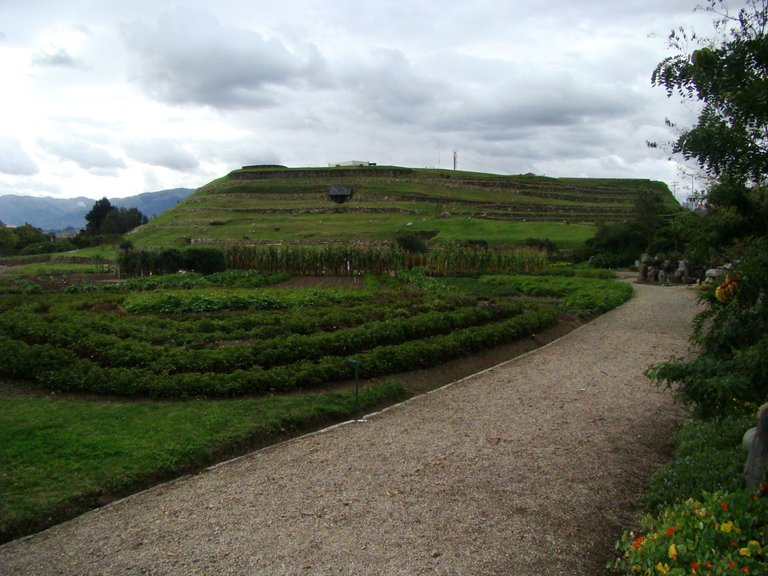
The rewards earned on this comment will go directly to the person sharing the post on Twitter as long as they are registered with @poshtoken. Sign up at https://hiveposh.com.
Congratulations @astrolabio! You have completed the following achievement on the Hive blockchain and have been rewarded with new badge(s) :
Your next target is to reach 9000 upvotes.
You can view your badges on your board and compare yourself to others in the Ranking
If you no longer want to receive notifications, reply to this comment with the word
STOP